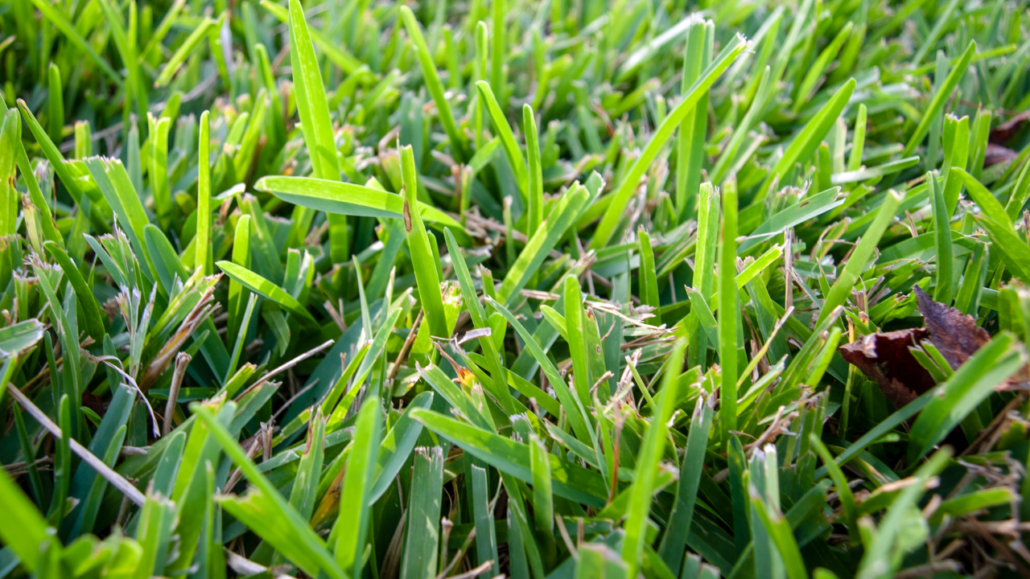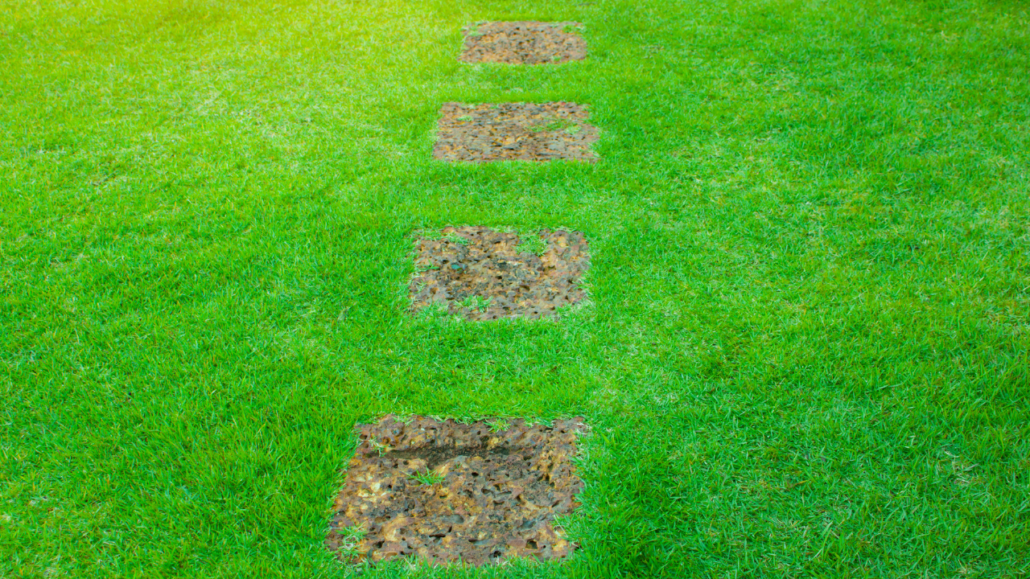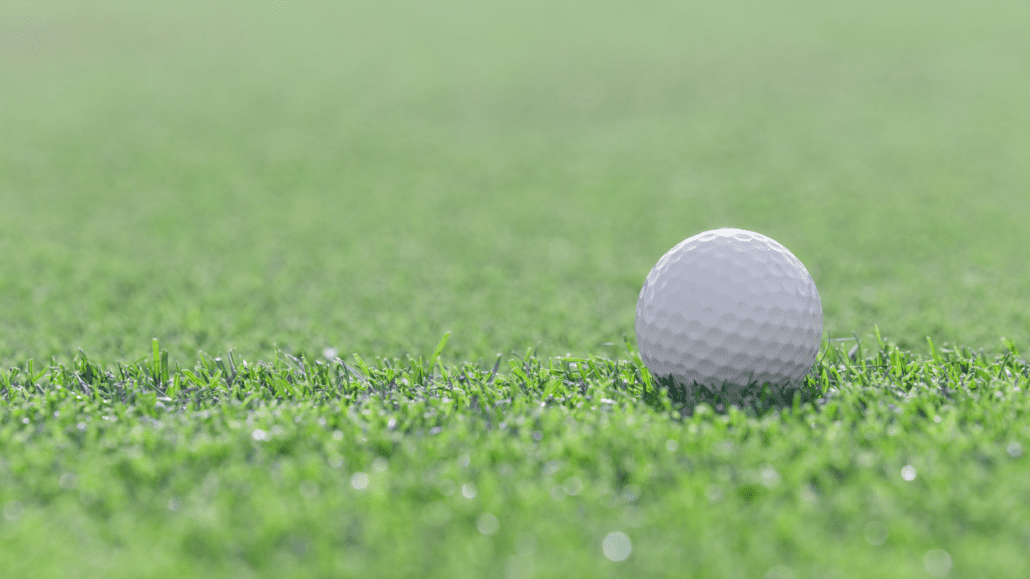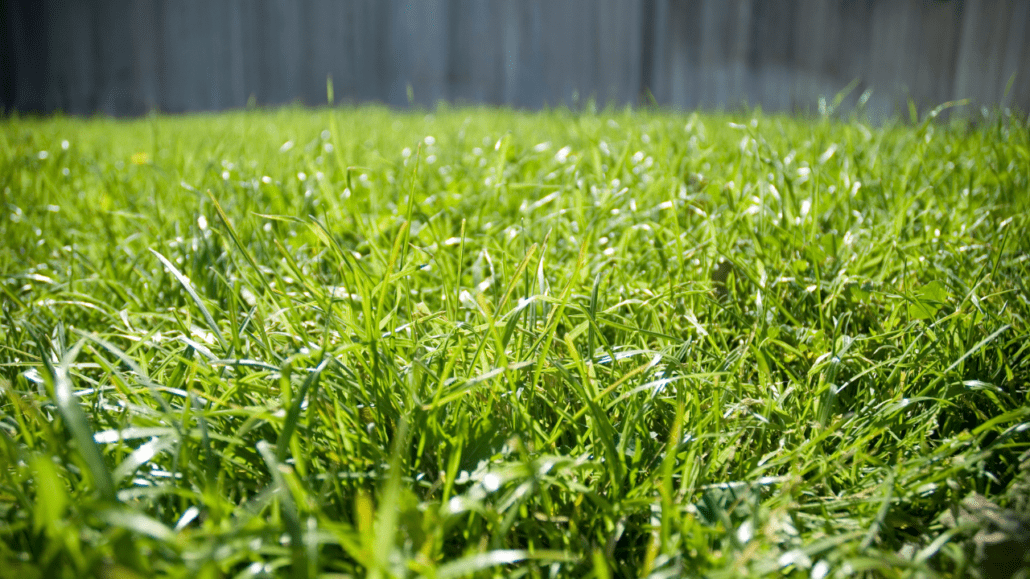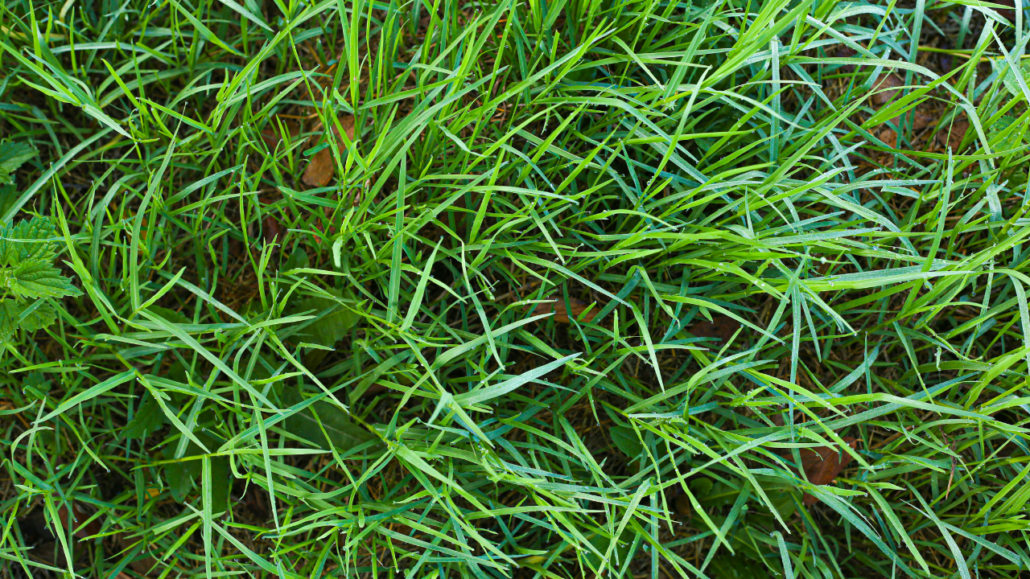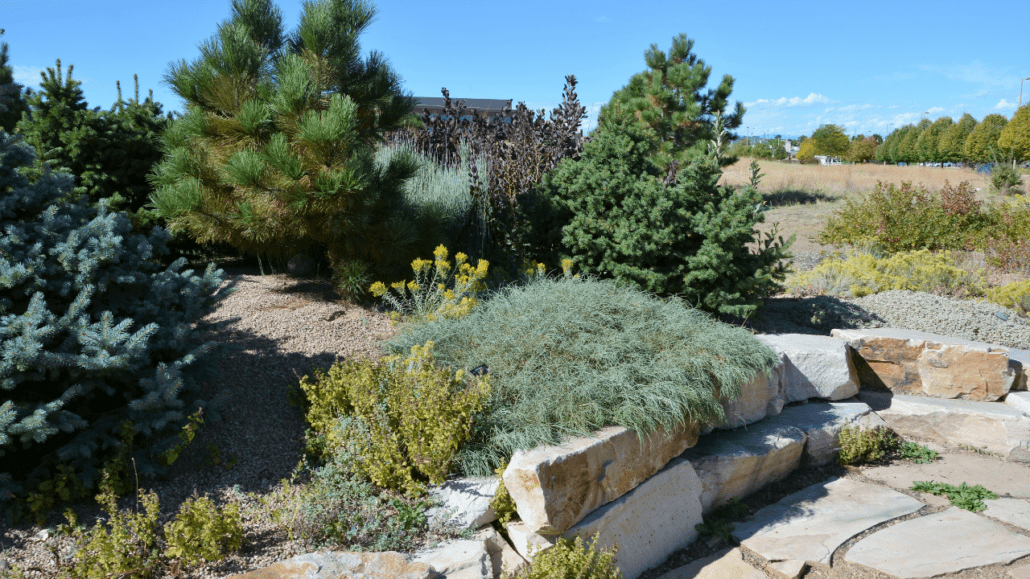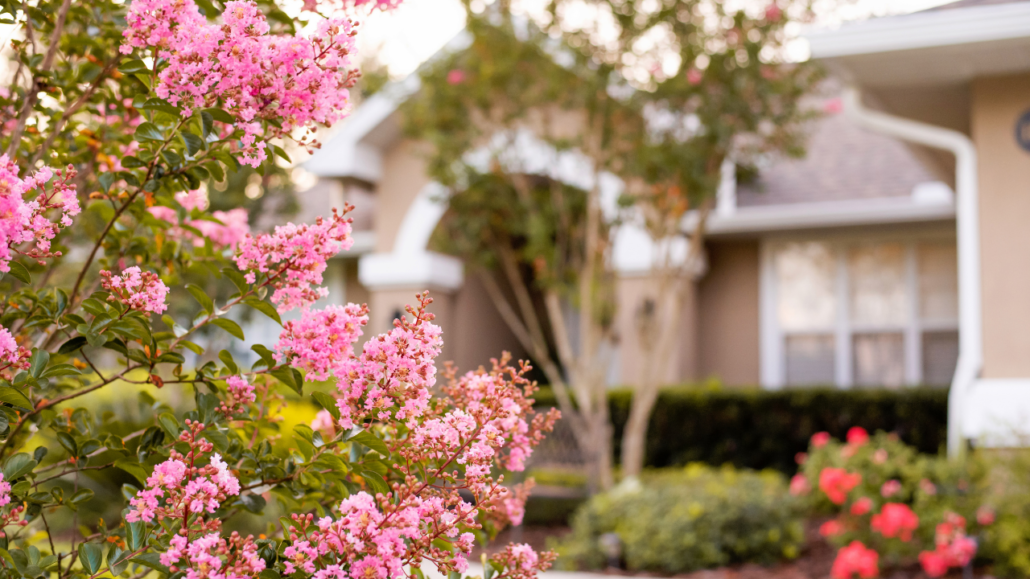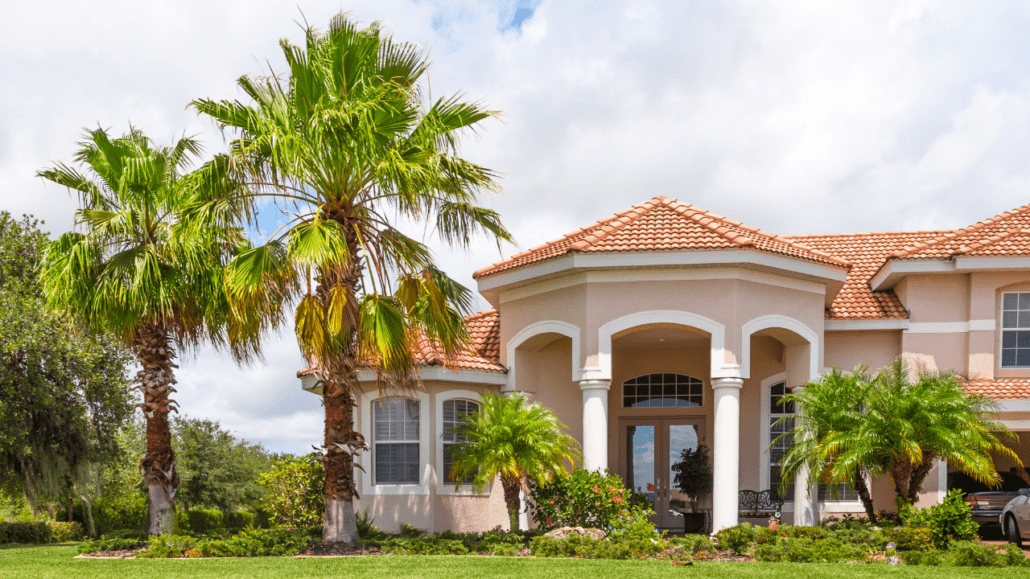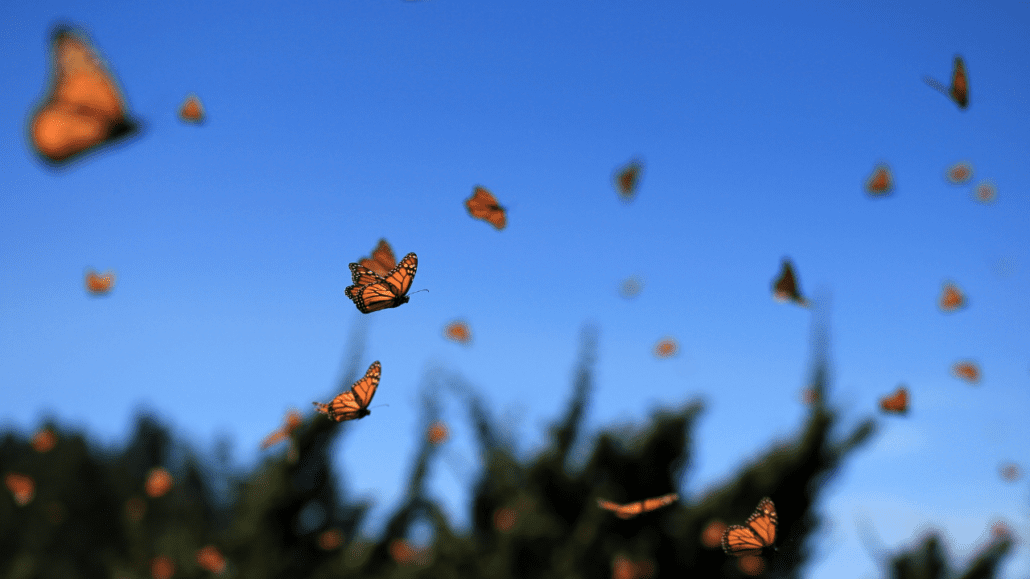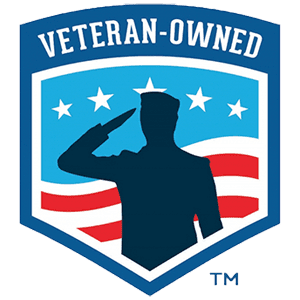Just because we’re all lucky enough to live in Florida doesn’t mean we can’t get into the holiday spirit! Now is the perfect time to get some plants for the season and bring a little color into your home.
We meet a lot of transplants throughout the year as they move to the Sunshine State. And while most are initially excited to trade in snow for sun, we notice that new Florida homeowners may sometimes feel a bit deprived during the holidays.
“It just doesn’t feel the same,” they’ll say.
Well, don’t worry because we’re going to show you exactly how you can deck your halls with festive plants to rejuvenate that holiday cheer!
RELATED: GARDENING IN FLORIDA WITH MONARCH BUTTERFLIES
7 Plants For Christmas That’ll Bring Holiday Cheer To Florida Homeowners
Florida weather is notoriously unpredictable. One year, it’ll be 55 degrees on December 25th, and the next, it’ll be 80 degrees.
With such uncertainty, picking out plants for this time of year probably seems like unnecessary stress. Our trick for Florida homeowners is to pick out the plants that can survive and thrive year-round!
Believe it or not, all 7 of these plants can survive the Florida heat and rain. Pay special attention to the care instructions, and you’ll have spectacular plants for years to come.
RELATED: HOW TO INCREASE CURB APPEAL
7. Christmas Cactus
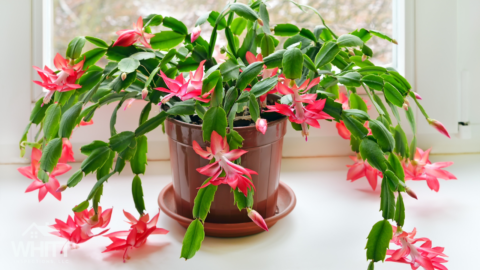
This one is interesting because you have a few color options! Home Guides says, “The Christmas cactus is most often grown as a houseplant and blooms in a wide range of colors from the traditional red to purple, pink, orange, gold, and white.”
If you want to make a show of your plant, you can prune it throughout the year to encourage more buds to grow. You’ll need to do this before early Fall if you want your cactus to branch out by the end of the year.
You can keep this festive plant around for decades if you treat it right!
Care Instructions:
- Keep indoors near bright, indirect sunlight. Don’t use artificial light if you want the colors to pop during the holidays
- Water every 2-3 weeks
- Additional care and planting instructions
6. Poinsettias
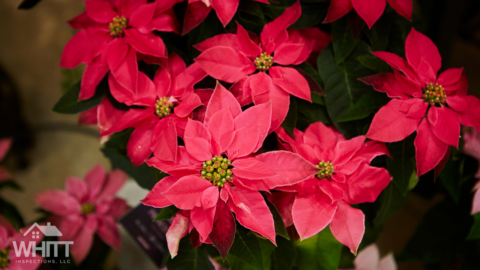
While these are definitely the most recognizable holiday plant, Floridians have a hard time hanging on to them year-round. Yet, they are considered tropical plants, and will thrive here. The biggest reason poinsettias won’t survive until the big day is because of overwatering.
If you plan on keeping these beauties around until the holidays next year, make sure to only water them when the soil (or leaves) feel dry to the touch.
CAUTION: Poinsettias can be toxic to your pets. Keep them as far out of reach as possible, and keep an eye out for white sap.
Care Instructions:
- Water sparingly; about once per week
- Keep in direct sunlight near a window or even outdoors
- Additional care and planting instructions
5. Mistletoe
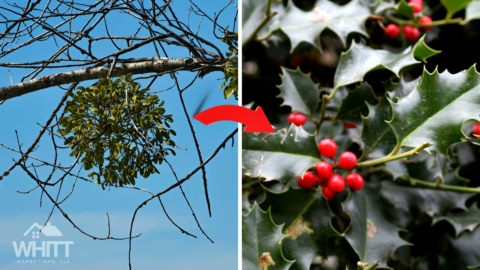
Here’s a fun bit of history about mistletoe you can use to impress your guests:
In America, the tradition of kissing under the mistletoe came around 1820 after the publication of The Sketch Book. The author, Washington Irving, recounted the Christmas Eve traditions he observed in England. One of which noted,
“The mistletoe is still hung up in farm-houses and kitchens at Christmas, and the young men have the privilege of kissing the girls under it, plucking each time a berry from the bush. When the berries are all plucked the privilege ceases.”
This traditional plant is actually parasitic, so it has to latch onto other plants in order to grow. In Florida, you can find mistletoe on:
- Laurel oaks
- Elms
- Hackberries
- Sycamores
- Wild cherry trees
CAUTION: Mistletoe is poisonous when ingested. Make sure you wash your hands thoroughly after handling.
Care Instructions:
- If grown organically, snip the mistletoe branch 6 inches from the root
- Keep your freshly cut sprigs in the refrigerator until you’re ready to decorate
- Additional care and planting instructions
RELATED: WHAT IS THE BEST SOD GRASS TO GROW IN CENTRAL FLORIDA?
4. Cyclamen Plants For Christmas
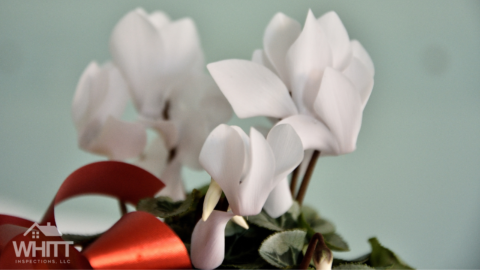
If you’ve planted new roots in Florida, you may find yourself dreaming of a white Christmas– just not the cold kind.
To replicate those northern holiday scenes, place a few bouquets of Cyclamen around your house. These are the perfect plants for the holiday season because their petals are bright white and heart-shaped! Cyclamen also comes in crimson red, pink, and purple.
This tropical plant thrives in warm climates and requires little looking after. The only downside is that these can be toxic to your pets (are we seeing a theme here?), so make sure they’re installed out of reach.
Care Instructions:
- Plant during the Fall and keep covered if temperatures drop below 40 degrees Fahrenheit. Because Florida temperatures are typically above 70 degrees Fahrenheit, it’s best to keep the Cyclamen as a houseplant.
- Only water when the soil is dry to the touch.
- Additional care and planting instructions
3. Holly
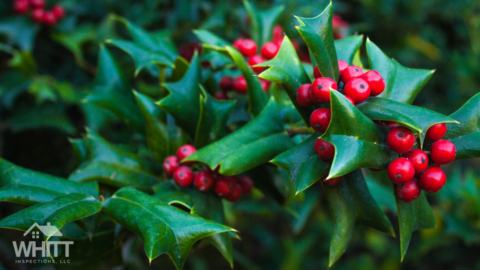
How typical! But here’s why we think holly is an excellent option for Floridians:
- Does great outdoors
- Wind-resistant to hurricanes
- American, yaupon, and dahoon hollies are native to Florida
Holly is one of the most traditional plants for the holidays. It has green foliage with red berries, making your home appear merry and bright (literally).
While Christmas wreaths are made from holly, it’s actually more of a landscape plant. It can spread 12 feet wide and up to 40 feet tall! This makes it great for hedging.
However, it’s also an easy plant to pot and trim for a simple holiday accent piece.
Here’s a great video on how to grow evergreen holly:
Care Instructions:
- Only female Holly plants produce berries, so make sure you get the right one!
- Keep your freshly cut sprigs in the refrigerator until you’re ready to decorate
- Additional care and planting instructions
2. Amaryllis
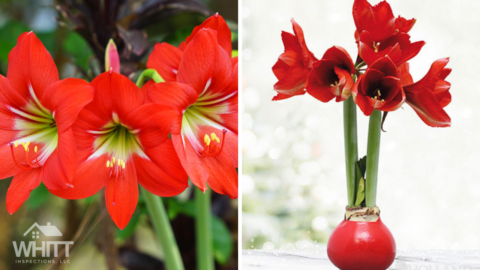
Right Photo Credit: Holland Bulb Farms
There are a ton of plants that bloom in the Florida weather, and amaryllis is no different. In fact, this is a plant that you can grow year-round.
You can find pre-potted amaryllis almost anywhere. This beautiful red plant often comes as a wax bulb and only takes 4-8 weeks to fully grow. That means you can get an Amaryllis bulb in November and have extravagant 6-inch wide flowers by December!
Care Instructions:
- Amaryllis require little watering and will need access to direct sunlight
- If purchased, you may not need to water your plant at all. Make sure you read the growing instructions that come with it.
- Additional care and planting instructions
1. Candy Cane Sorrel
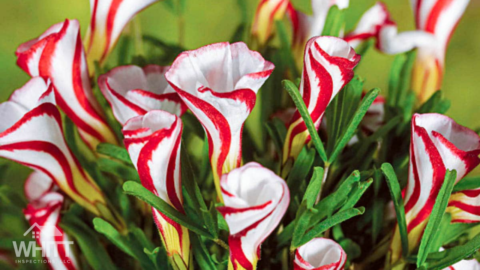
Is this not the coolest Christmas flower you’ve ever seen?
Aptly named, the Candy Cane Sorrel is a trumpet-shaped flower with white and red stripes. These are low-growing perennials that can be easily grown in full sun or partial shade, especially in well-drained clay soil, loamy soil, or sandy soil.
The Candy Cane Sorrel blooms in the Fall and may whither during the summer. You can choose to plant these underneath an outdoor window sill, or have an entire candy cane garden on your own. However, they don’t do great in humidity or extreme heat, so consider potting this flower if you want to keep it around.
Another neat thing about this one? At night the petals will close up, making the flowers truly resemble a candy cane!
Care Instructions:
- Keep in direct sunlight or partial shade
- Bring indoors if the temperature drops below 55 degrees Fahrenheit
- Additional care and planting instructions
NEXT: 5 FAMOUS HOUSES YOU DIDN’T KNOW ARE IN CENTRAL FLORIDA

